After spending 10 days hiking in Torres del Paine National Park, here is the practical guide to help you best prepare for a trek in this natural gem of Chilean Patagonia!
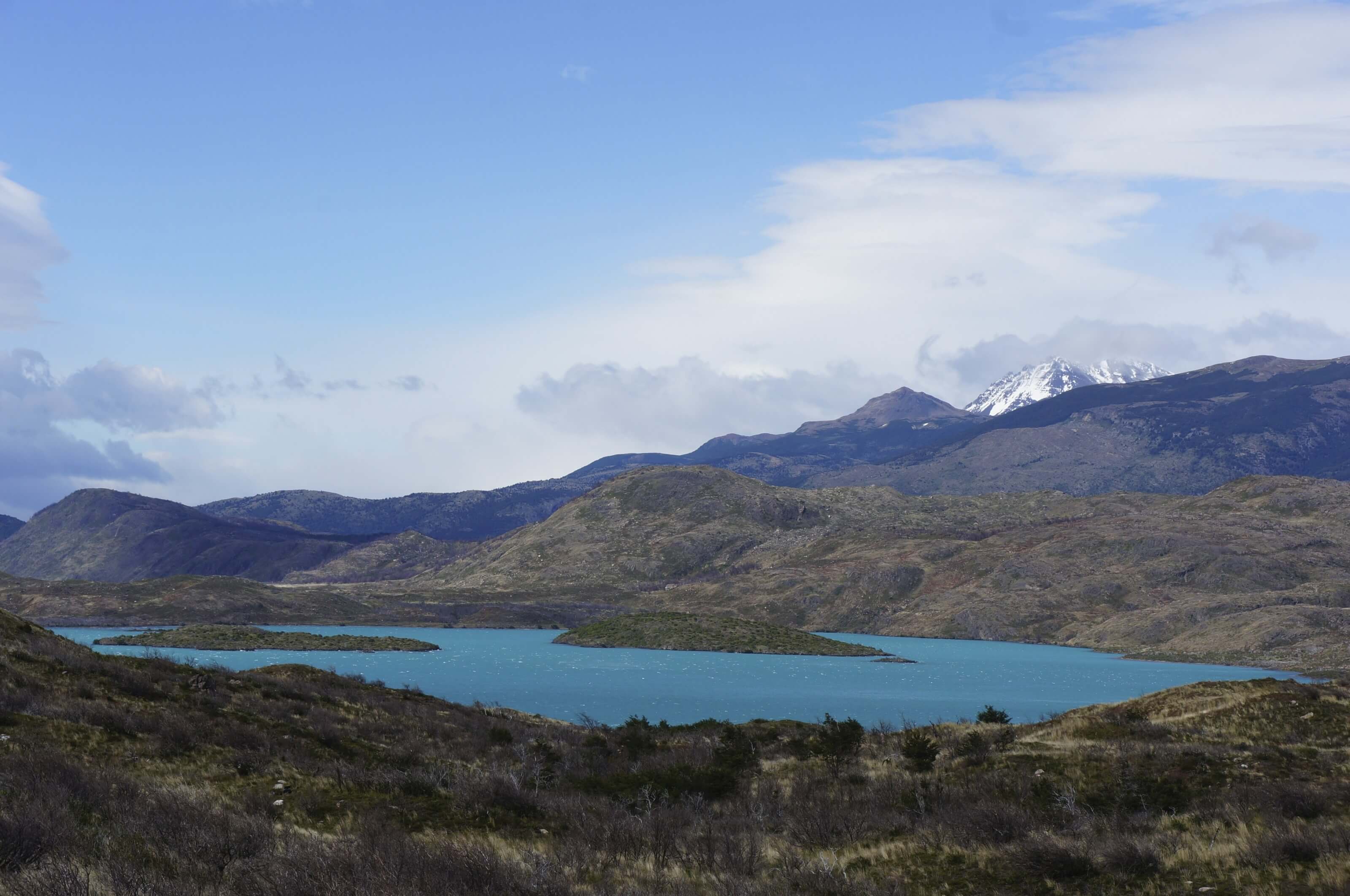
After backpacking through Chile from north to south for over 2 months, we've created this comprehensive guide to help fellow travelers explore this incredible country on a budget! Whether you're planning a quick 3-week adventure or a long-term backpacking trip, we've got you covered. Let's dive in! :)
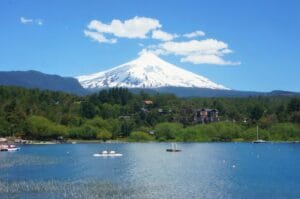
Here are all our articles written about our backpacking trip to Chile, but also about the magnificent and exotic Easter Island!
Chile's unique geography - stretching 4,300 km from north to south (that's 4 times the length of France!) - means you'll encounter multiple climate zones during your backpacking adventure. Remember, being in the Southern Hemisphere, the seasons are opposite to what you might be used to! Generally speaking, winter is great for backpacking through most of Chile, but let's break it down by region.
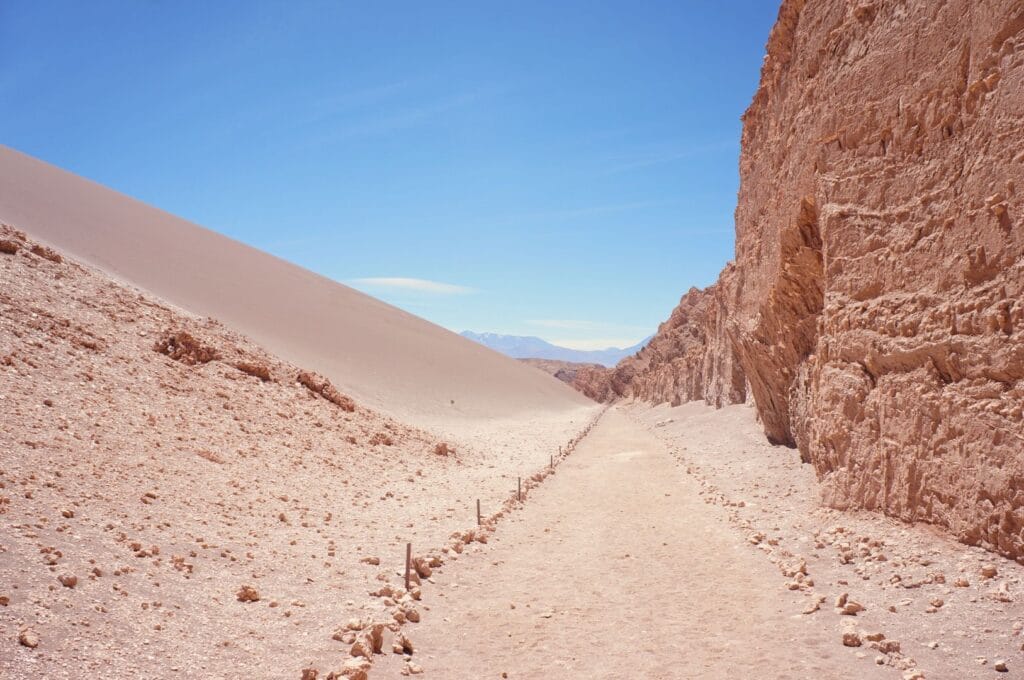
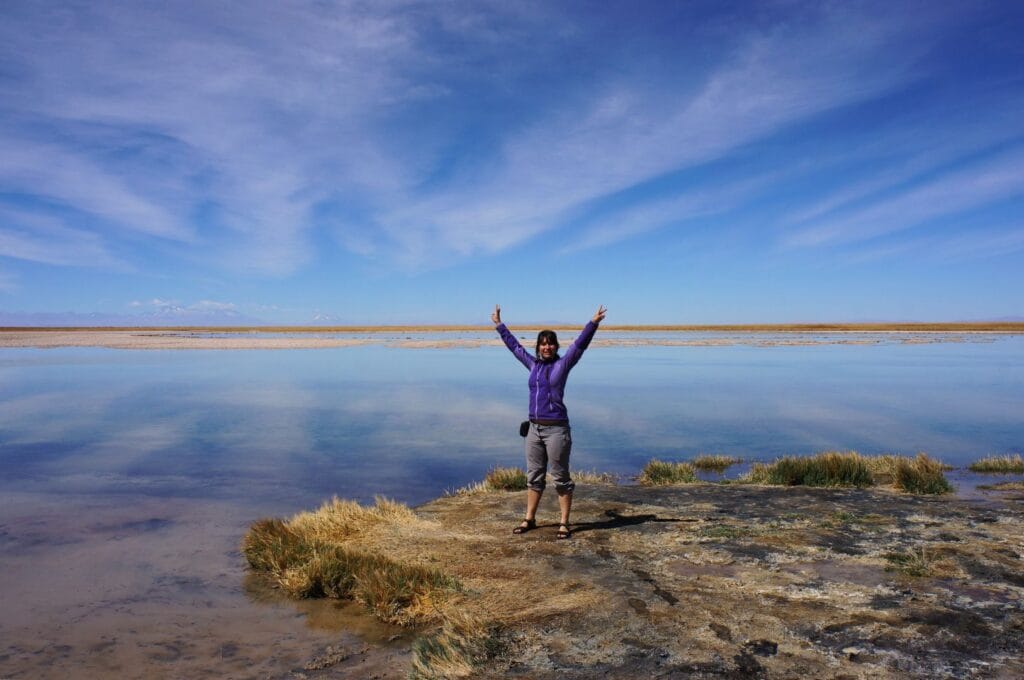
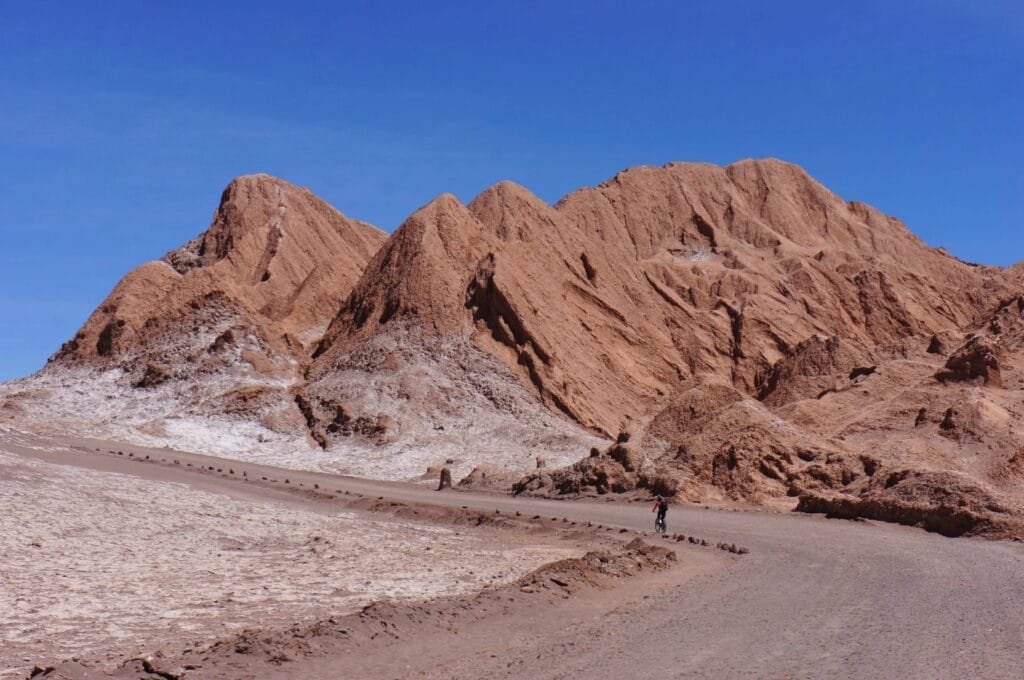
In northern Chile, the entire region above San Pedro de Atacama is pure desert territory - we're talking about one of the driest places on Earth! Pro backpacker tip: pack for extreme temperature swings between day and night. We hit this region in September and it was perfect - fewer tourists and great weather conditions. The best time to explore northern Chile is during austral winter (June-August).
The central region of Chile includes Santiago and Valparaíso and stretches down to Concepción. Weather-wise, it's pretty straightforward: wet and cool during austral winter (May-September), dry and pleasant during summer (October-April). For the best backpacking experience with good weather, aim for the summer months between October and April.
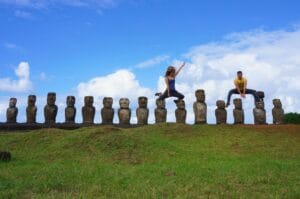
Ah, Easter Island! We absolutely loved exploring this mysterious corner of the Pacific! We went in April and scored perfect weather. The climate here is quite different from mainland South America. The best time to visit Easter Island is between November and April. While it's not the cheapest destination for backpackers, it's definitely worth saving up for!
Patagonia is a backpacker's paradise, but be prepared for wild weather! We experienced all four seasons in one December day - no joke! Strong winds and sudden rainfall are par for the course here. Roughly speaking, the best time to visit Puerto Natales and Torres del Paine Park is during the austral summer, between October and March. If you want to enjoy the park with fewer travelers, autumn is the best time, between March and May.
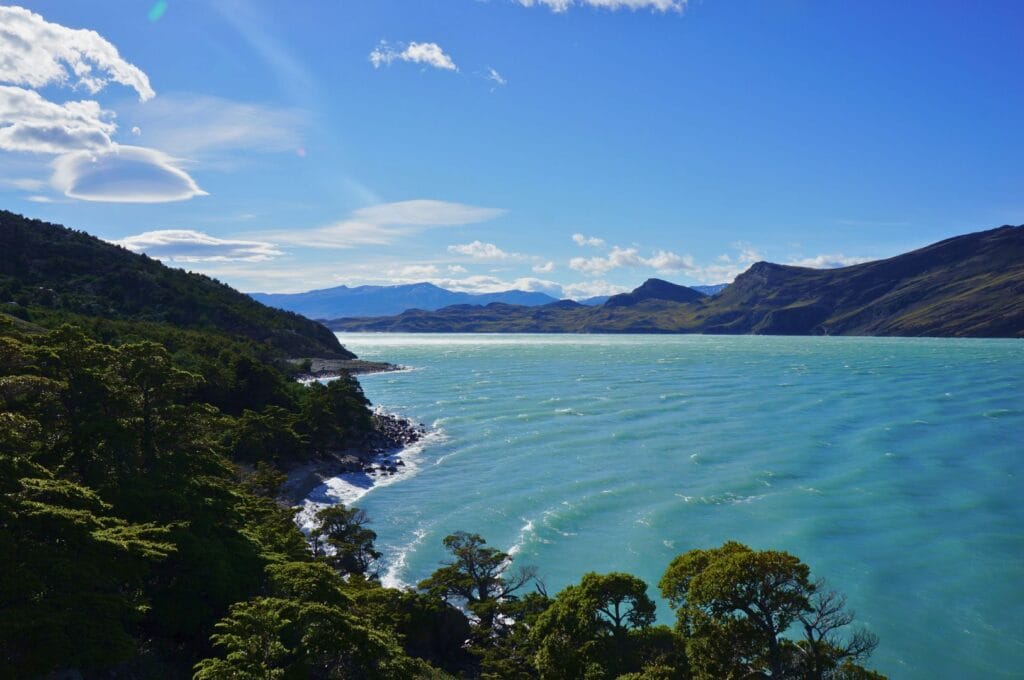
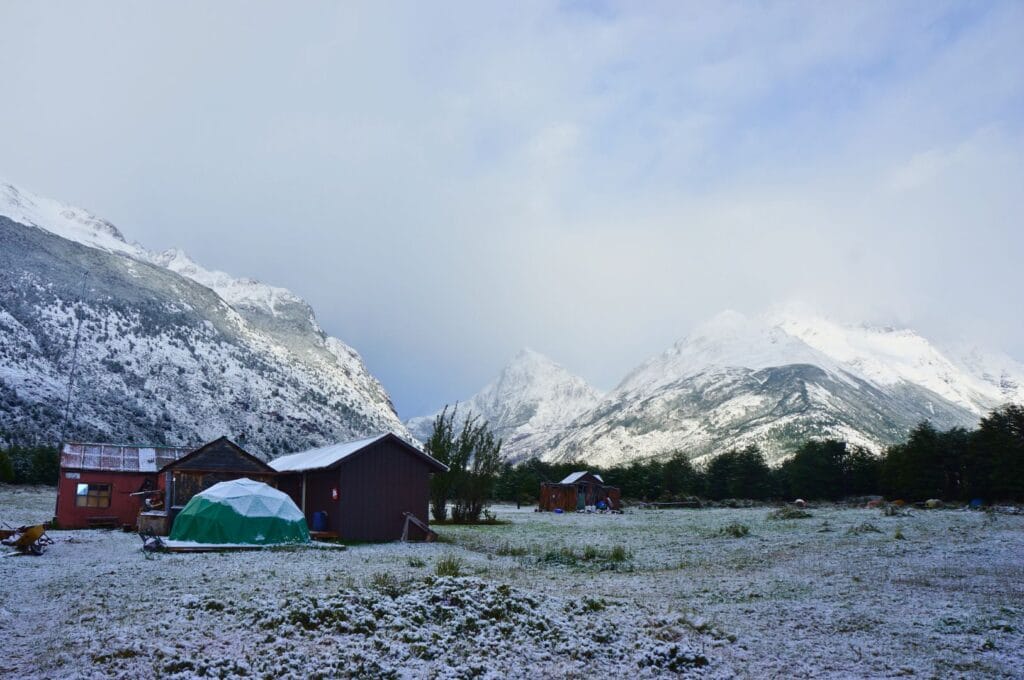
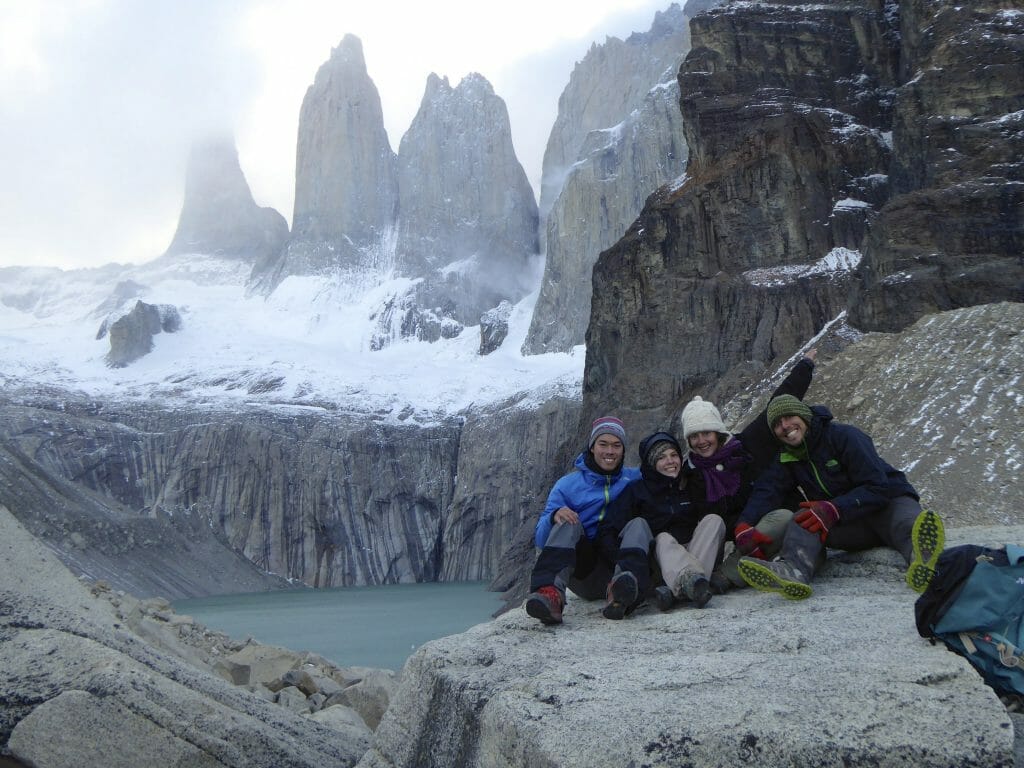
Starting from the north, we kicked off our backpacking adventure with an incredible climb up Parinacota volcano (6000m!), then headed to the Atacama Desert. From there, we made our way down to Santiago and Valparaíso before finishing with the crown jewel: Chilean Patagonia! Here are several proposed itineraries: 15 days, 1 month and 2 months (ours!).
Let's be honest - two weeks is tight for a country as massive as Chile! In just two weeks, you'll need to take multiple flights to cover the two extremes of the Chilean territory and Easter Island. Traveling by bus, even with overnight routes, might be too tight. We recommend taking more time to fully experience the many facets of this magnificent country. Otherwise, here’s what a 15-day itinerary could look like:
This itinerary is quite busy when you consider transportation (buses and flights). You could swap one of these stops for 4 days in Torres del Paine National Park to take on the W trek or enjoy shorter hikes to marvel at landmarks like the three Torres, Grey Glacier, and Lake Nordenskjöld.
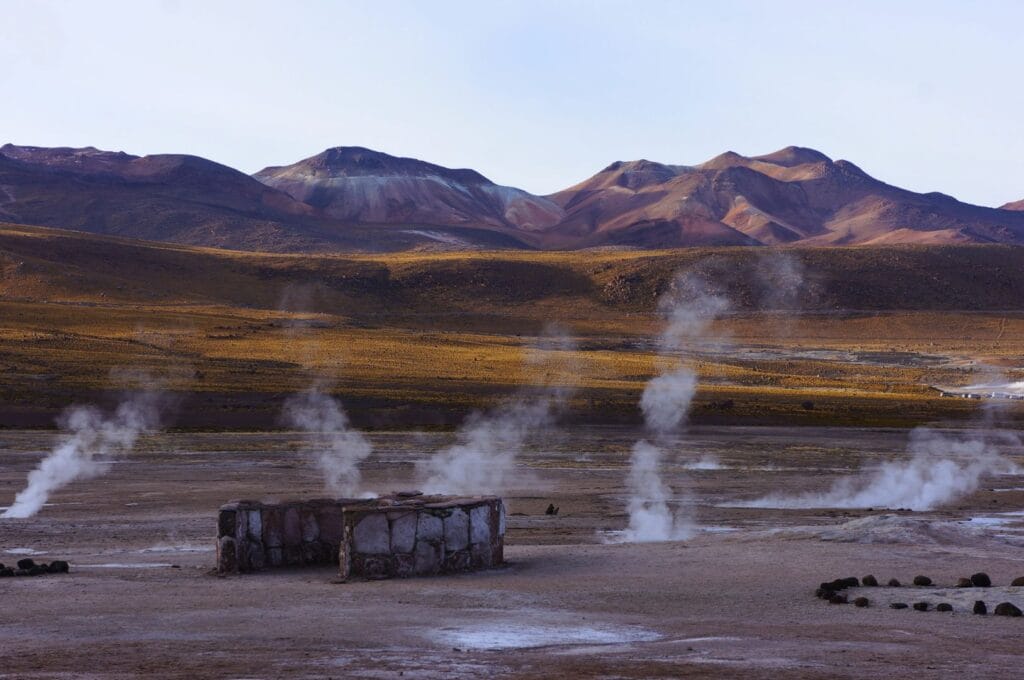
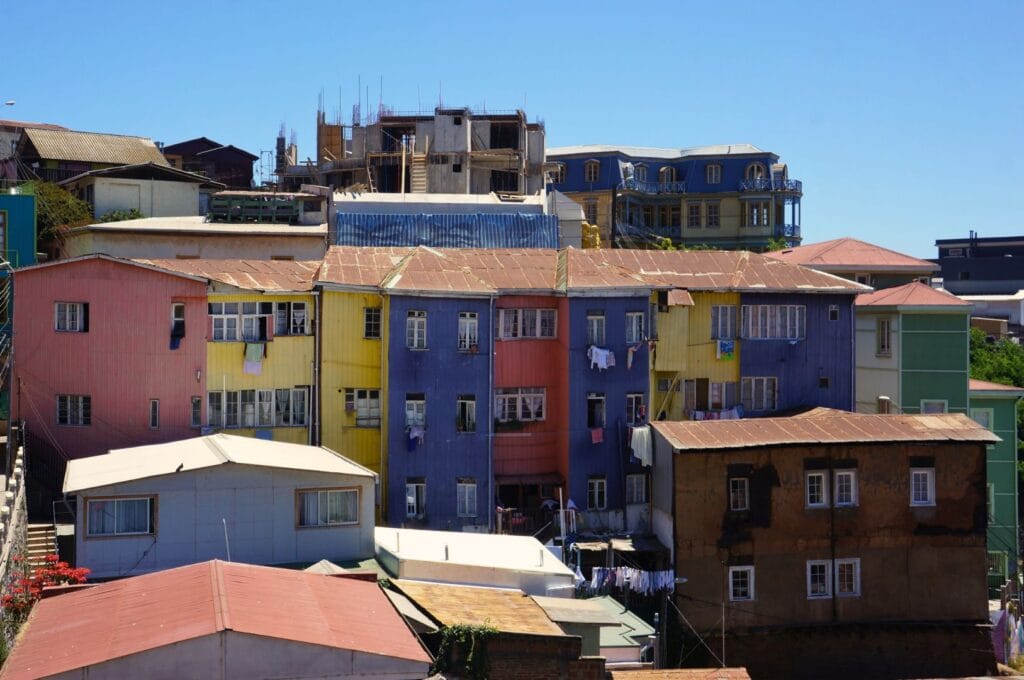
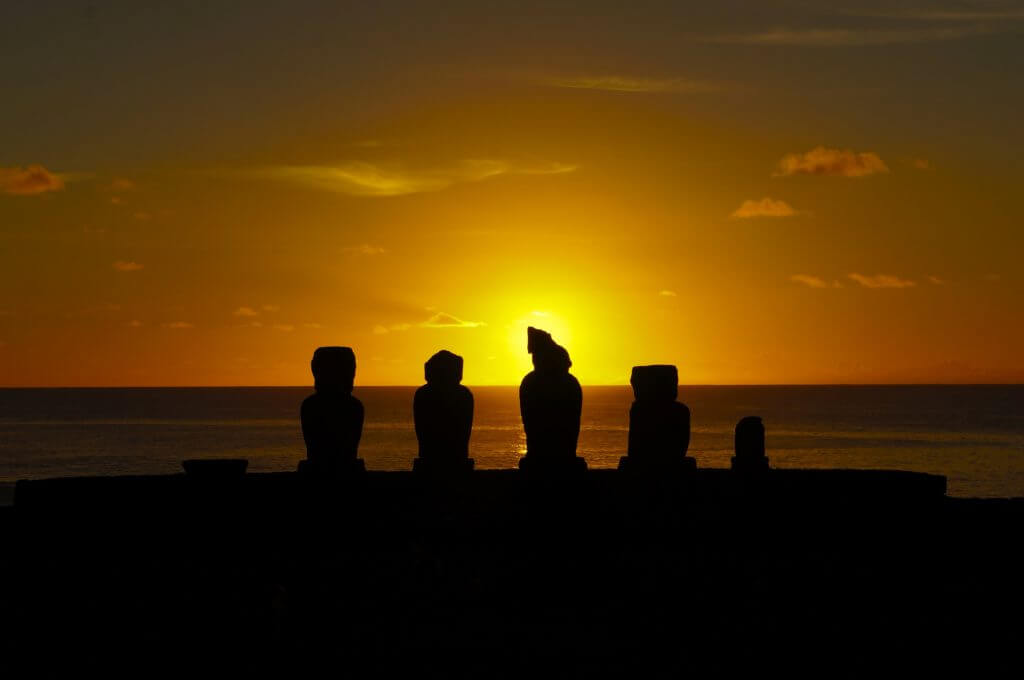
A month gives you much more flexibility to explore Chile properly! This is our recommended minimum for backpackers. Here’s an itinerary that builds on the 15-day version:
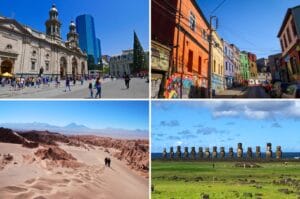
Now we’re talking! Two months get you the chance to see almost everything. Here’s an enhanced version of our itinerary:
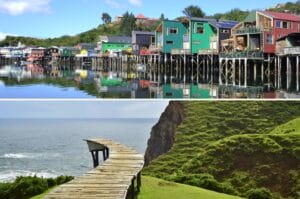
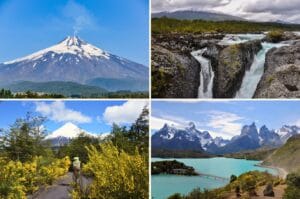
If you don't want to organize your entire trip by yourself or are looking for more inspiration for your Chile itinerary, we recommend checking out Evaneos. They offer a wide range of organized tours (with a guide) as well as "freedom" packages that we find fantastic: they handle transport and accommodation, while you manage the itinerary. The agency works with local providers and offers the same rates as booking directly.
If you’re on a round-the-world trip, we recommend alternating between Chile and Argentina! Border crossings are straightforward, and this approach will save you time and energy. Here’s a 2-month itinerary combining the best of both countries:
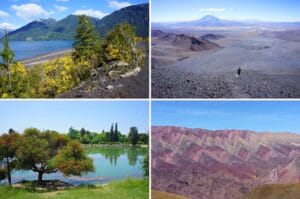
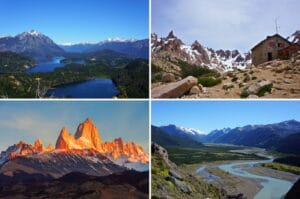
Bonus: If time permits, head to Tierra del Fuego in Ushuaia, then make your way up to Buenos Aires to continue your epic journey!
Coming from Bolivia, we simply crossed the border by land to begin our exploration of the country in the north, starting with Lauca National Park.
By air, if you're traveling from France, you'll land in Santiago, Chile's capital, at Arturo Merino Benitez International Airport. Round-trip flights from Paris typically cost between €1,000 and €1,200.

In Chile, the currency is the Chilean peso, abbreviated as CLP and symbolized by $. The peso’s value has dropped significantly in recent years, and the current exchange rate is 1 euro = 1,020 pesos.
Card payments are widely accepted across the country, but always carry some cash, especially when venturing outside major cities. Tip: to minimize bank fees, ensure your bank doesn’t charge for foreign withdrawals, or consider using an online bank like N26.
Chile is one of the most expensive countries in South America, along with Argentina! Activities are costly, long-distance travel is expensive, a trip to Easter Island isn’t cheap, and accommodation prices have risen significantly. If you’re a fan of outdoor adventures, you’ll need to budget accordingly!
During our two-month backpacking trip to Chile, our daily budget was €50 for two people, partly because we were hosted several times by Fabienne’s father and prices were lower back then. Today, you should plan for an average daily budget of around €40 per person.
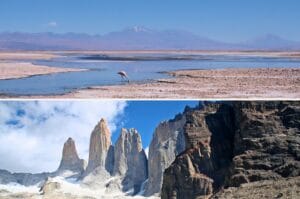
During our two-month trip to Chile, we camped in Torres del Paine National Park, on Easter Island, in Lauca National Park, and Vicente Pérez Rosales National Park. Altogether, we spent 19 nights in a tent, while the rest of the time we opted for hostels to stick to our budget.
Chile's hostels have really upped their game over the years! Many now offer private single or double rooms in addition to the traditional dorm beds. While campgrounds are generally of questionable quality, hostels are fantastic in Chile, and we highly recommend them as a budget-friendly option throughout your journey.
If you prefer to plan your stays in advance, we suggest using interactive maps to compare hostel prices based on your dates and preferences.
Entering and traveling in Chile is straightforward when it comes to administrative formalities. For stays of less than three months, citizens of France, Belgium, Switzerland, and Canada are exempt from needing a visa! Once in Chile, you will be issued a Tarjeta de Turismo or Tarjeta Única Migratoria—a personalized tourist card. Keep it safe, as it serves as proof of your visa exemption and will be required when leaving Chile at the end of your trip.
For Easter Island, however, stays are limited to a maximum of 30 days. For detailed information, we’ve dedicated an entire section to the administrative requirements for visiting Easter Island.
Planning to stay in Chile for more than 90 days? In that case, you’ll need to apply for a visa exemption extension. You can find all the necessary steps on the government’s official website. The process costs USD 100.
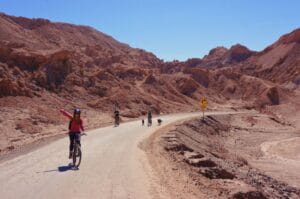
This article contains affiliate links to partner sites. When you use our links to book accommodation, a car, or an activity, you don’t pay anything extra, but we get a small commission. This helps us to offer you free, independent, and ad-free content. Thank you for your support!
No vaccines are mandatory for traveling through Chile. However, the Pasteur Institute recommends getting a few vaccines as a precaution:
For more details on health-related guidelines for travelers in Chile, consult the recommendations provided by the Centers for Disease Control and Prevention.
If you experience any health issues, Santiago boasts excellent hospitals with highly qualified staff. To prepare for any eventuality and avoid exorbitant expenses, we strongly recommend traveling with good travel insurance.
As for general health precautions, tap water is not drinkable in Chile. Make sure to filter it before consuming.
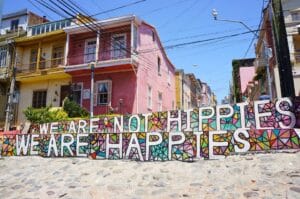
Given its long and narrow shape, distances between major cities in Chile are significant. However, traveling across the country is quite convenient, whether by plane or bus!
Buses are undoubtedly the most developed and affordable way to travel in Chile. The roads are in good condition, so no worries there. As in other parts of South America, you’ll find very comfortable buses known as cama and semi-cama buses, with seats that recline to 140° or even 180°, making them perfect for overnight trips. For shorter journeys, standard buses work just fine. Among the many companies available, the most reputable are Turbus, JAC, Jet Sur, and Pullman. To book your bus tickets in advance, we recommend using platforms such as this one or that one.
Trains are the least utilized and least developed mode of transportation in Chile. The main railway line runs from Santiago to Chillán, located about 400 km south of the capital. For more information on Chile’s railway network, visit the website of the national railway company.
After buses, planes are the second most popular way to get around in Chile. With 18 airports spread across the country, it’s easy to explore Chile’s northern and southern extremes via domestic flights. The main airline in Chile is LATAM.
Due to Chile’s unique geography, boats are an essential means of transportation in the far south of the country. The most well-known and popular boat trip runs from Puerto Montt to Puerto Natales, the gateway to Torres del Paine National Park. Other companies, such as Naviera Austral and Transmarchilay, operate additional routes, particularly around Chiloé Island.
Hitchhiking is widespread in South America, and Chile is no exception. You’ll often see hitchhikers along the main roads, making it a great way to meet people and travel on a budget. However, patience is sometimes required!
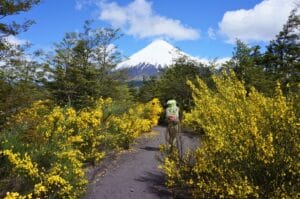
Before planning your itinerary, check out the various festivals held throughout the year. These events offer a unique chance to experience local culture alongside Chileans!
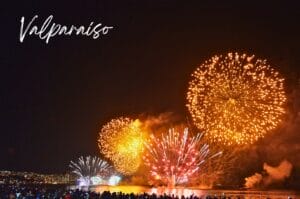
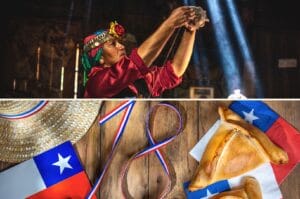
While less refined than Peruvian cuisine, Chilean food is rich in delicious and hearty dishes. Here are some must-tries:
The completo is a must-try Chilean street food! Let me tell you - you might not want to count calories in this Chilean version of the hot dog, but it's perfect for a quick and super affordable bite to eat. And the best part? It's actually delicious! ;) A completo consists of a bun filled with sausage, topped with avocado, tomato, lettuce, and several sauces.

You absolutely can't leave South America without trying empanadas! These little pastry pockets filled with meat, vegetables, or cheese make for a perfect snack any time of day, and they won't break the bank! The most popular ones in Chile are empanadas de pino, stuffed with meat and olives.
Don't miss out on caldillo de congrio, prepared throughout the country! This popular dish consists of white fish typically served in a broth made with tomatoes, onions, garlic, carrots, and cilantro.
The Chilean parrillada is the equivalent of the Argentinian asado - yes, I'm talking about barbecue! A true South American institution, in Chile it's usually prepared with lamb or beef.
The Chilean twist on shepherd’s pie, pastel de choclo, replaces mashed potatoes with creamy corn. Sometimes, it’s topped with hard-boiled eggs or chicken. You've got to try it!

Also known as dulce de leche in Argentina, manjar is a creamy milk jam that can be enjoyed any time of day, either by the spoonful or as a dessert topping, like with flan. You'll also find it in alfajores, two cookies stuck together with manjar.
For drinks, you must try mote con huesillos, a truly Chilean beverage. It's made with dried peaches that are rehydrated and cooked in sweet water, with cooked wheat added. It's a refreshing drink that Chileans love in summer!
The pisco sour is an iconic drink in both Chile and Peru. This cocktail is made with pisco (a local grape-based alcohol), lime juice, sugar syrup, and egg whites.

The time difference in Chile is 4 to 6 hours behind France. This variation is due to different daylight saving schedules compared to France. Note that Easter Island is 2 hours behind mainland Chile.
The official language of Chile is Spanish. Try to learn some basic phrases - locals always appreciate the effort! Besides Spanish, several indigenous languages are still spoken throughout the country, like Quechua, Rapanui, and Mapuche.
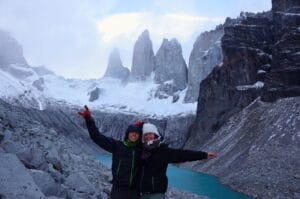
For power outlets, Chile uses type C and L sockets. European chargers work in type C outlets, but you'll need a universal adapter for type L ones.
Regarding Internet access, you'll have no trouble finding network coverage and Wi-Fi with pretty good speeds in most cities. However, the network is non-existent in remote places like Easter Island and Torres del Paine National Park.
Lonely Planet Chile: a must-have for travel tips!

0
After spending 10 days hiking in Torres del Paine National Park, here is the practical guide to help you best prepare for a trek in this natural gem of Chilean Patagonia!

0
Last trek of our world tour and we kept a piece of choice: 10 days in the Torres del Paine National Park in Chilean Patagonia! An extraordinary adventure!
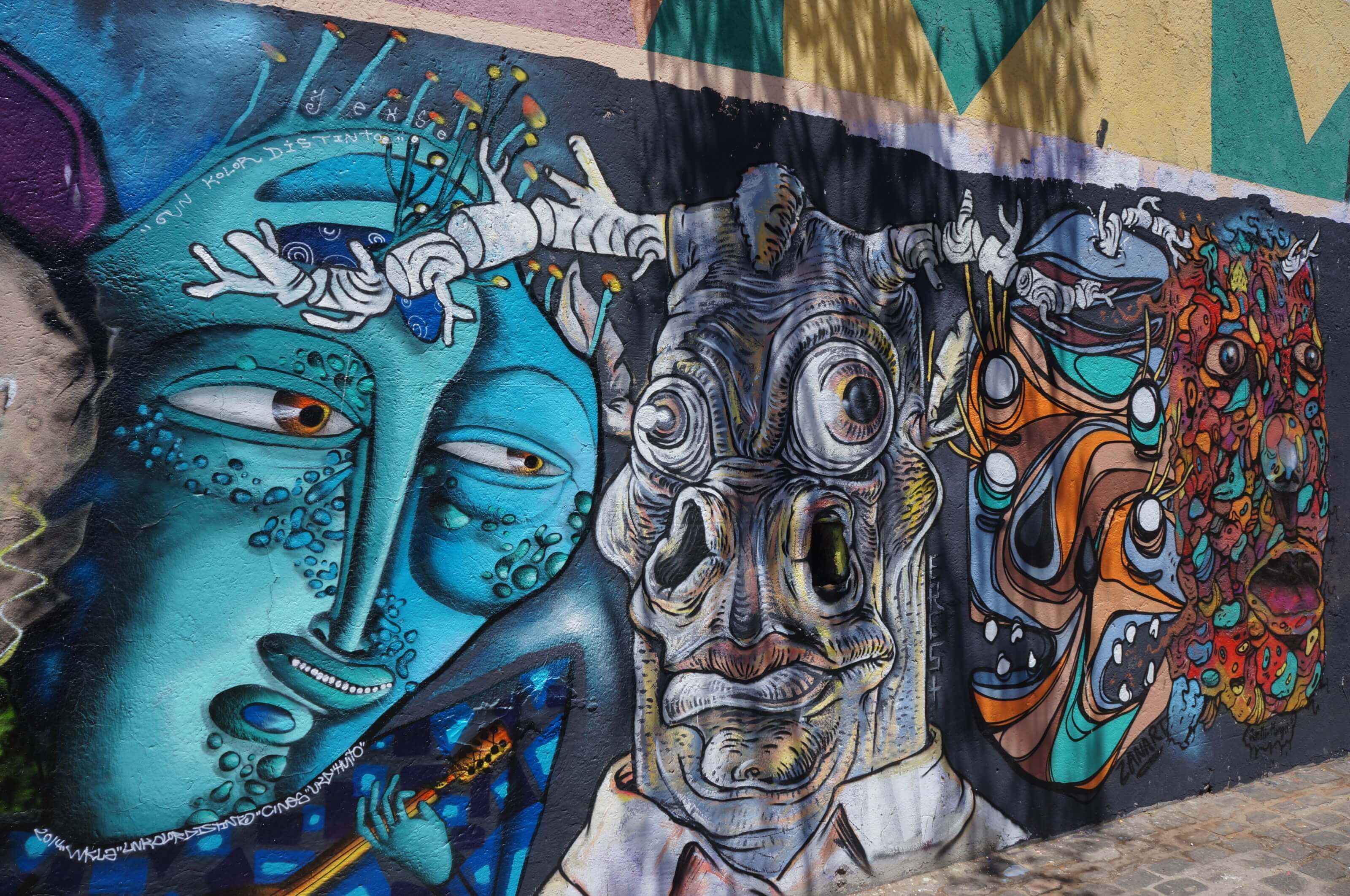
0
Valparaíso is one of those bohemian cities. Its houses, perched on dozens of hills, are multicolored and radiate a feel-good energy!
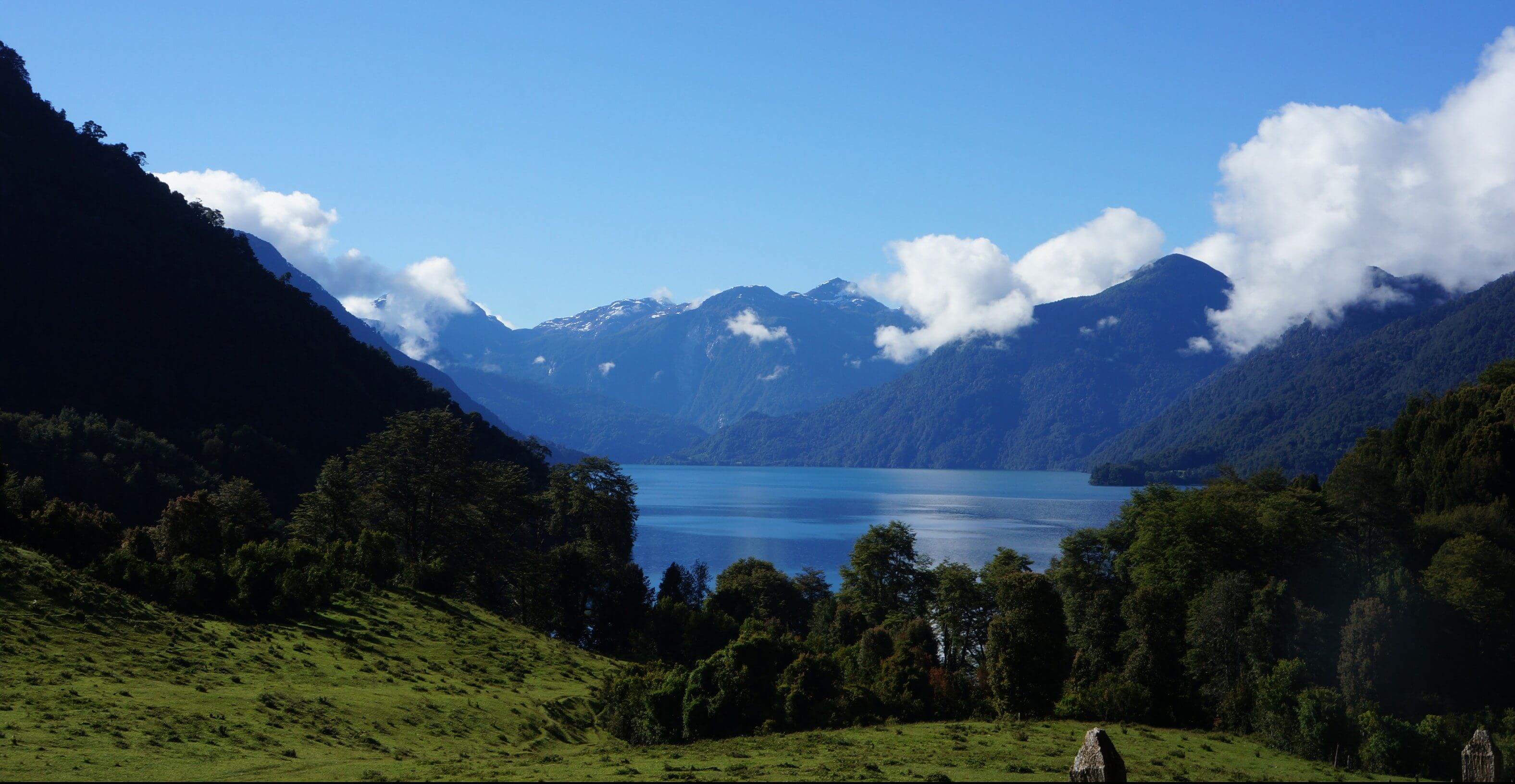
2
Patagonia on the Chilean side is a real paradise for lovers of nature and calm. We take you on trekking and thermal baths in one of its jewels: the national park vicente perez rosales
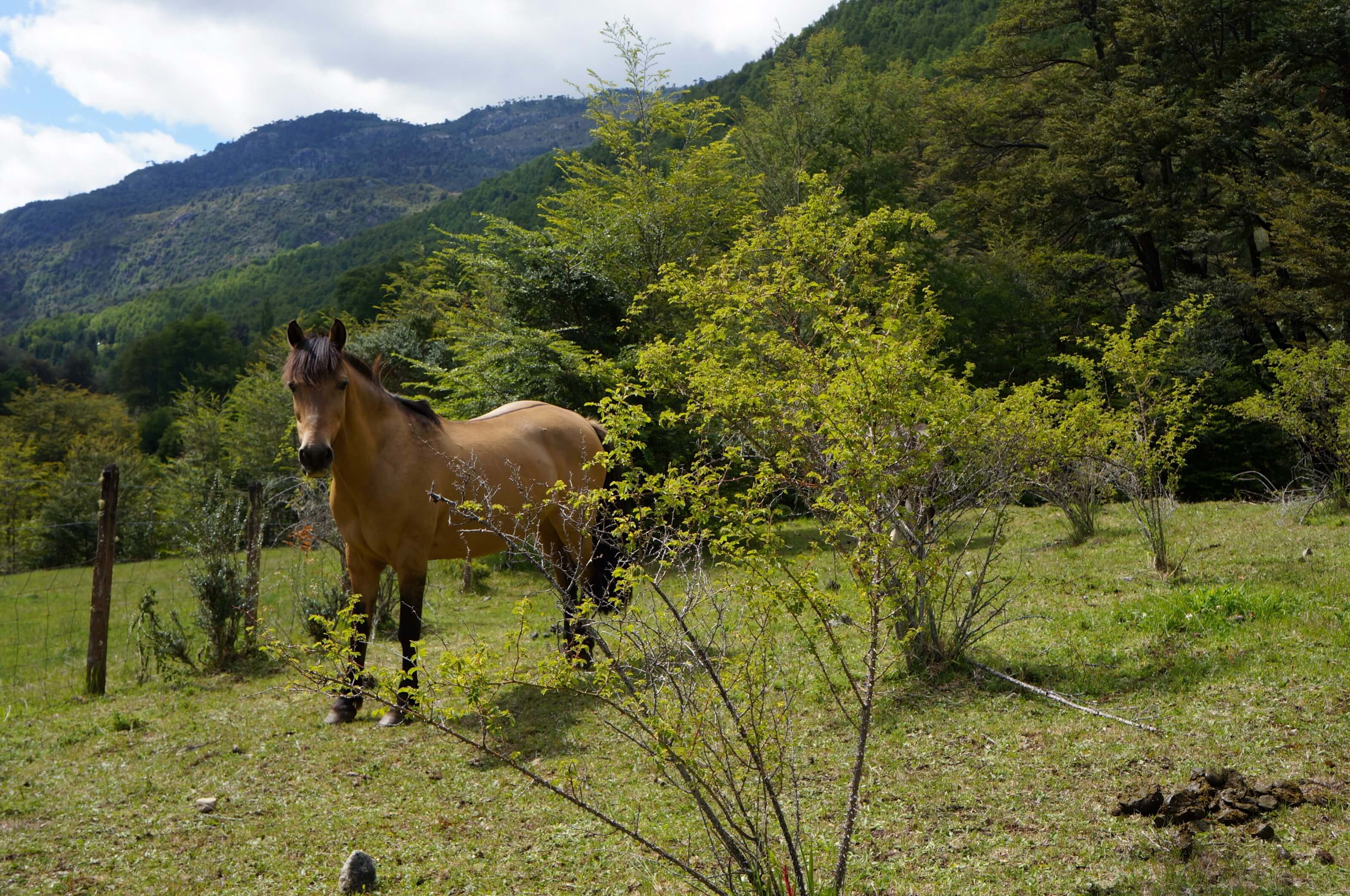
0
first steps in Patagonia! We discover Pucon and the magnificent park of Huerquehue, trekking, thermal waters and beautiful panoramas on the menu!
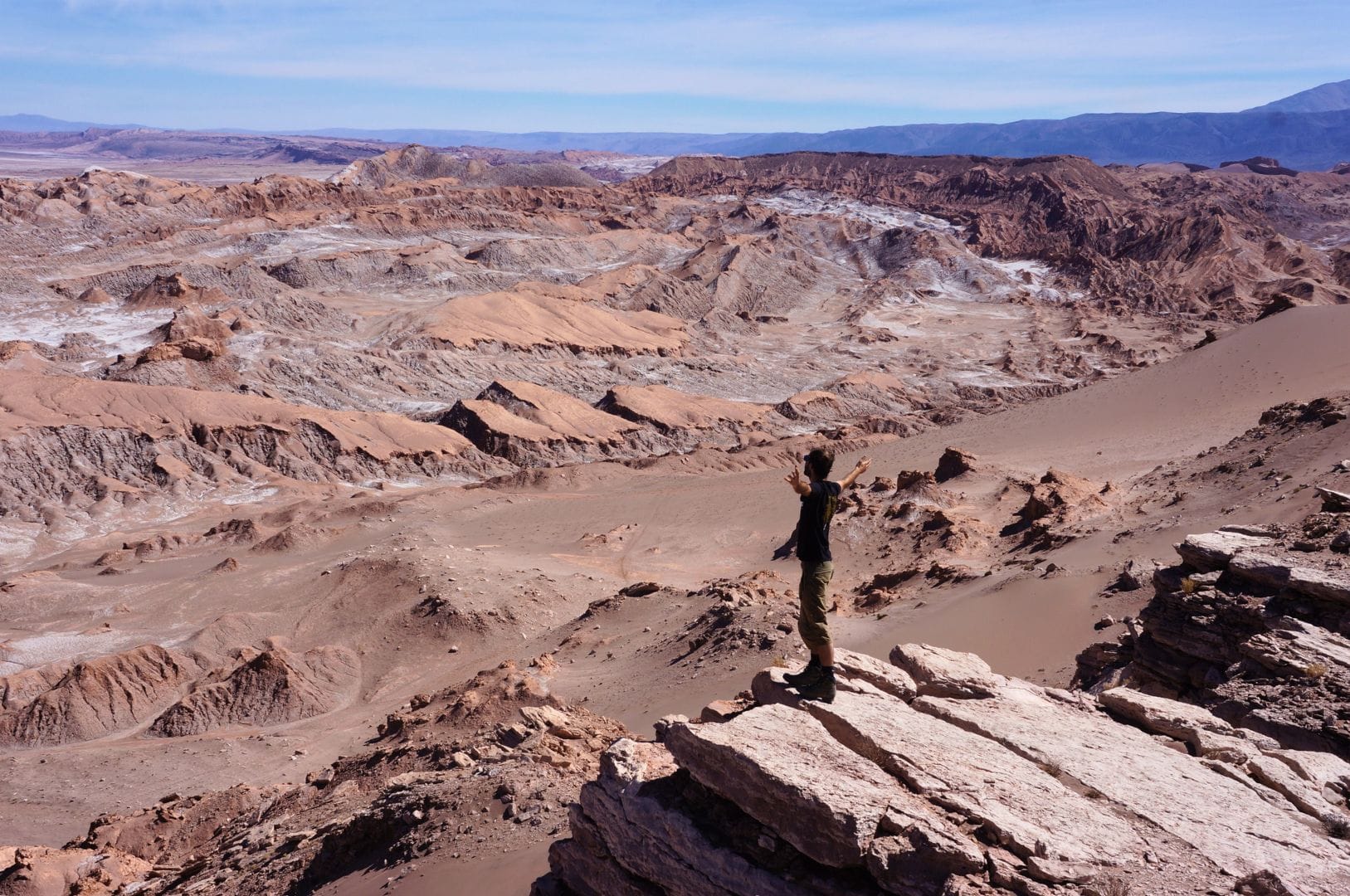
0
San Pedro de Atacama is one of Chile's must-sees. Here's our guide to planning your desert road trip without blowing your budget!
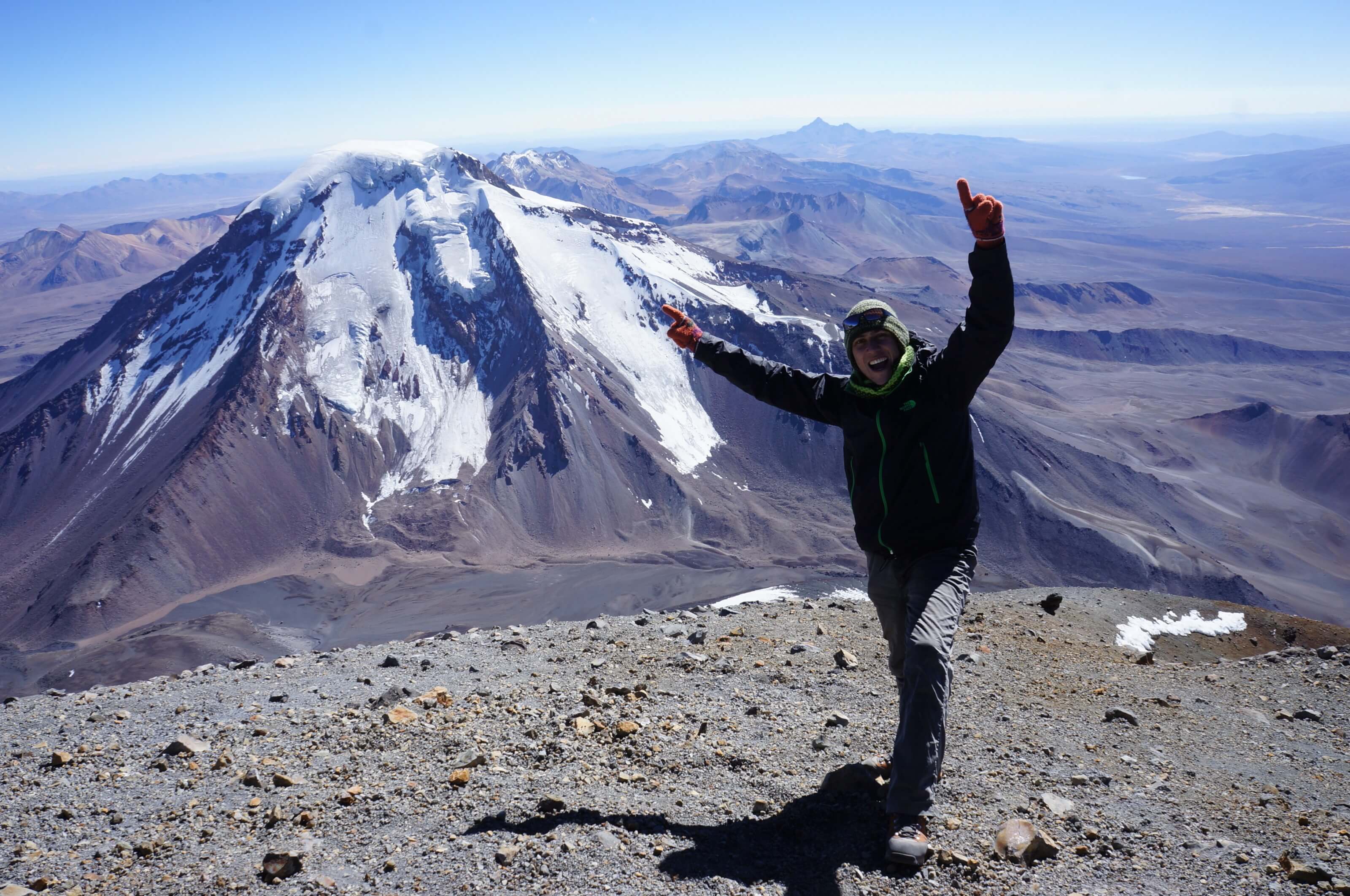
12
The ascent of a 6000 m summit was significant to me. The story of my experience on the Parinacota volcano (6348 m), on the border between Bolivia and Chile.
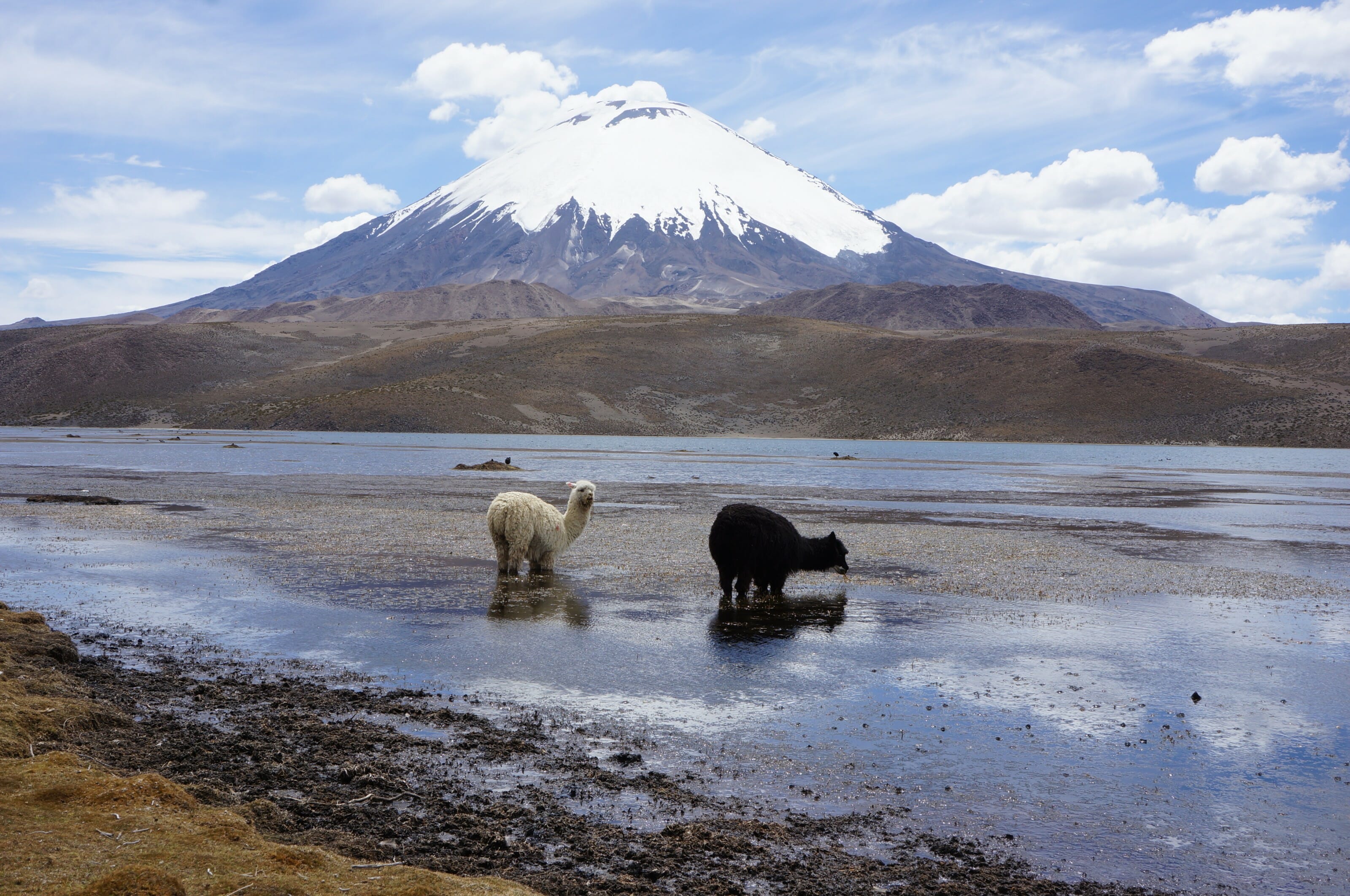
0
Be amazed by the Sajama and Lauca National Parks between Bolivia and Chile, at the foot of volcanoes over 6000 m high, with their herds of alpacas!
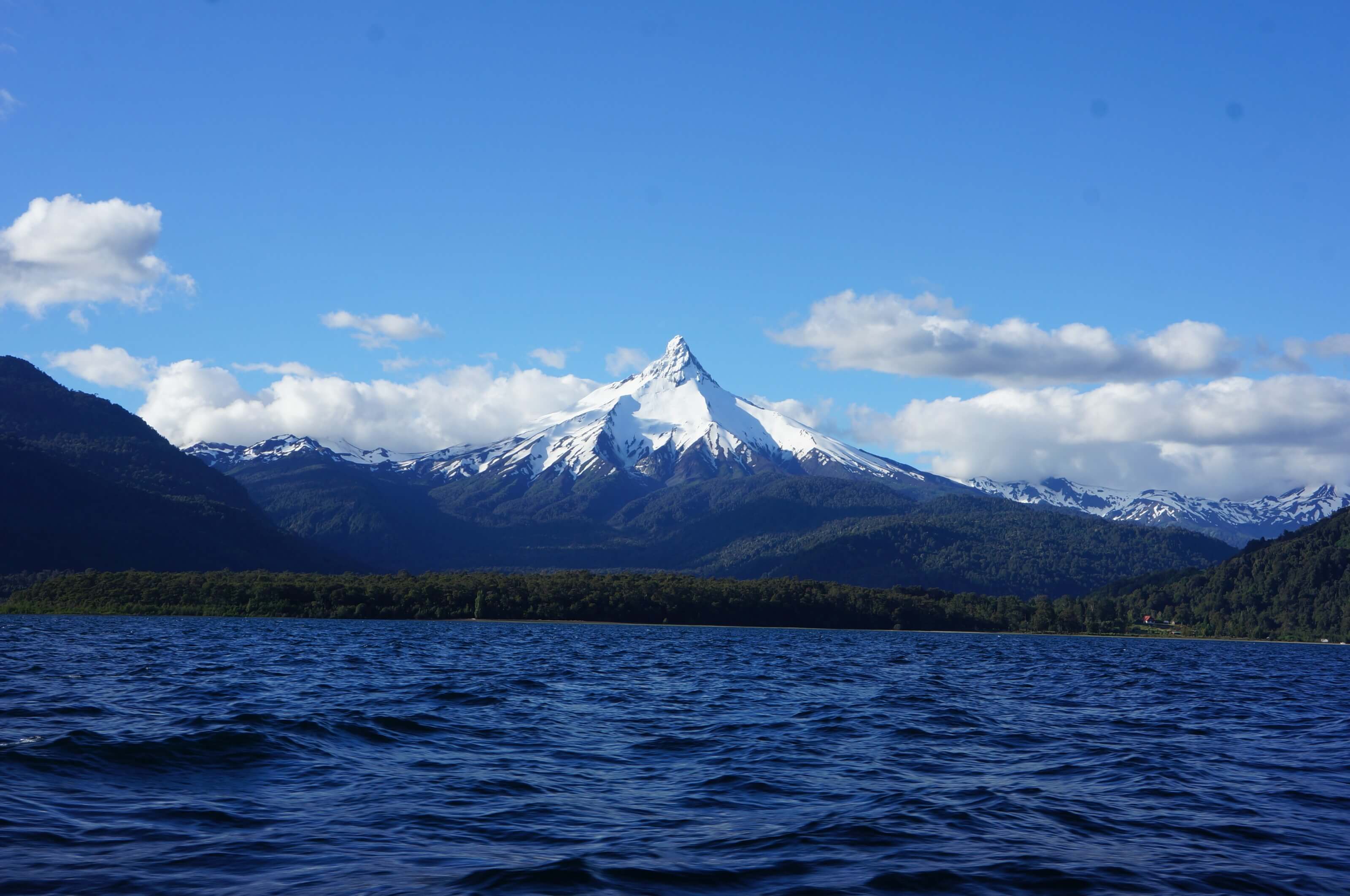
0
We welcome Mathieu to Novo-Monde to tell us all about Chile's volcanoes. Between the giants of the north and the more active volcanoes in the south, there's plenty to do!
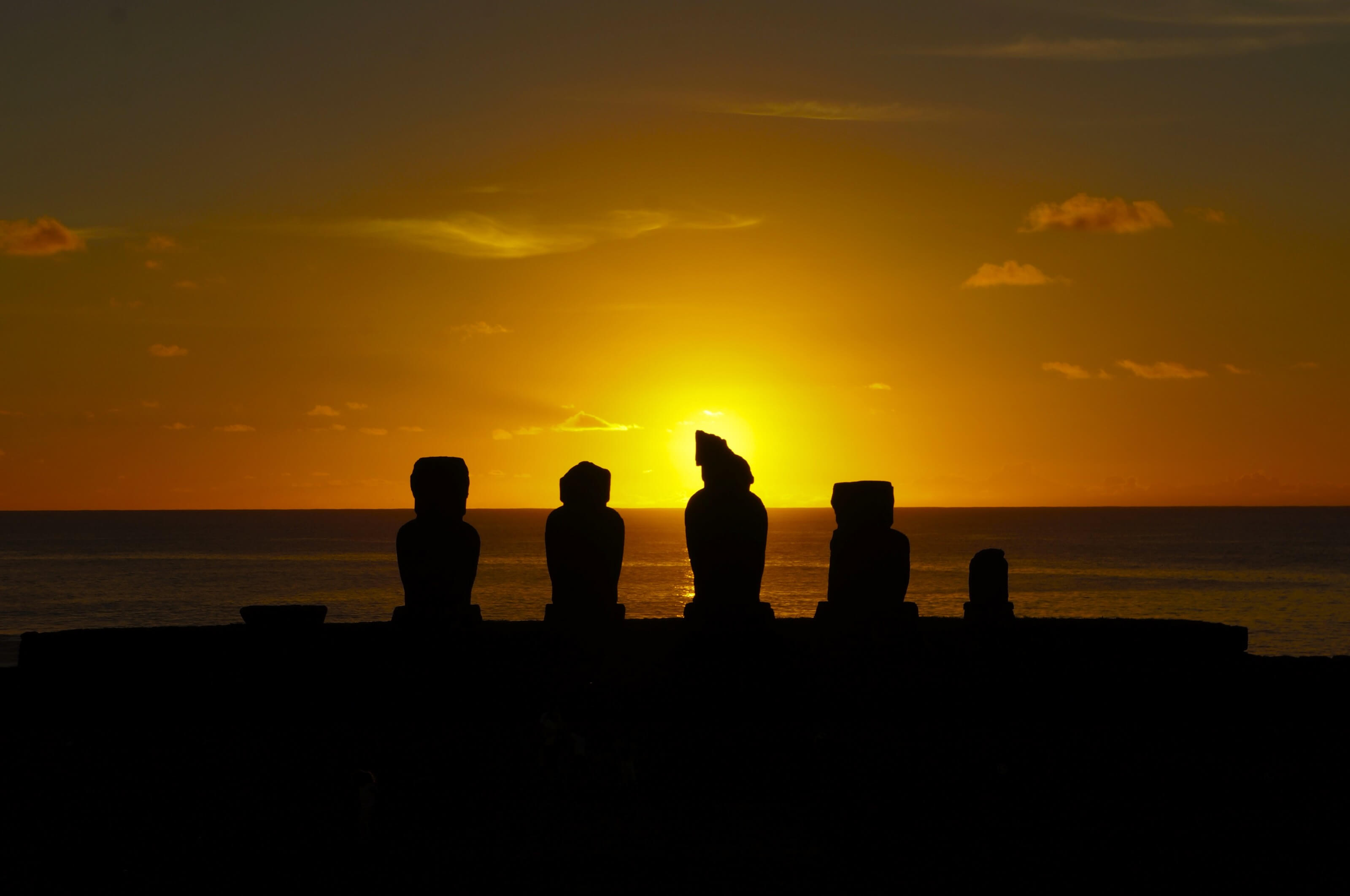
3
Travelling to Easter Island doesn't have to mean breaking the bank! Here are our travel tips for visiting Rapa Nui on a budget.
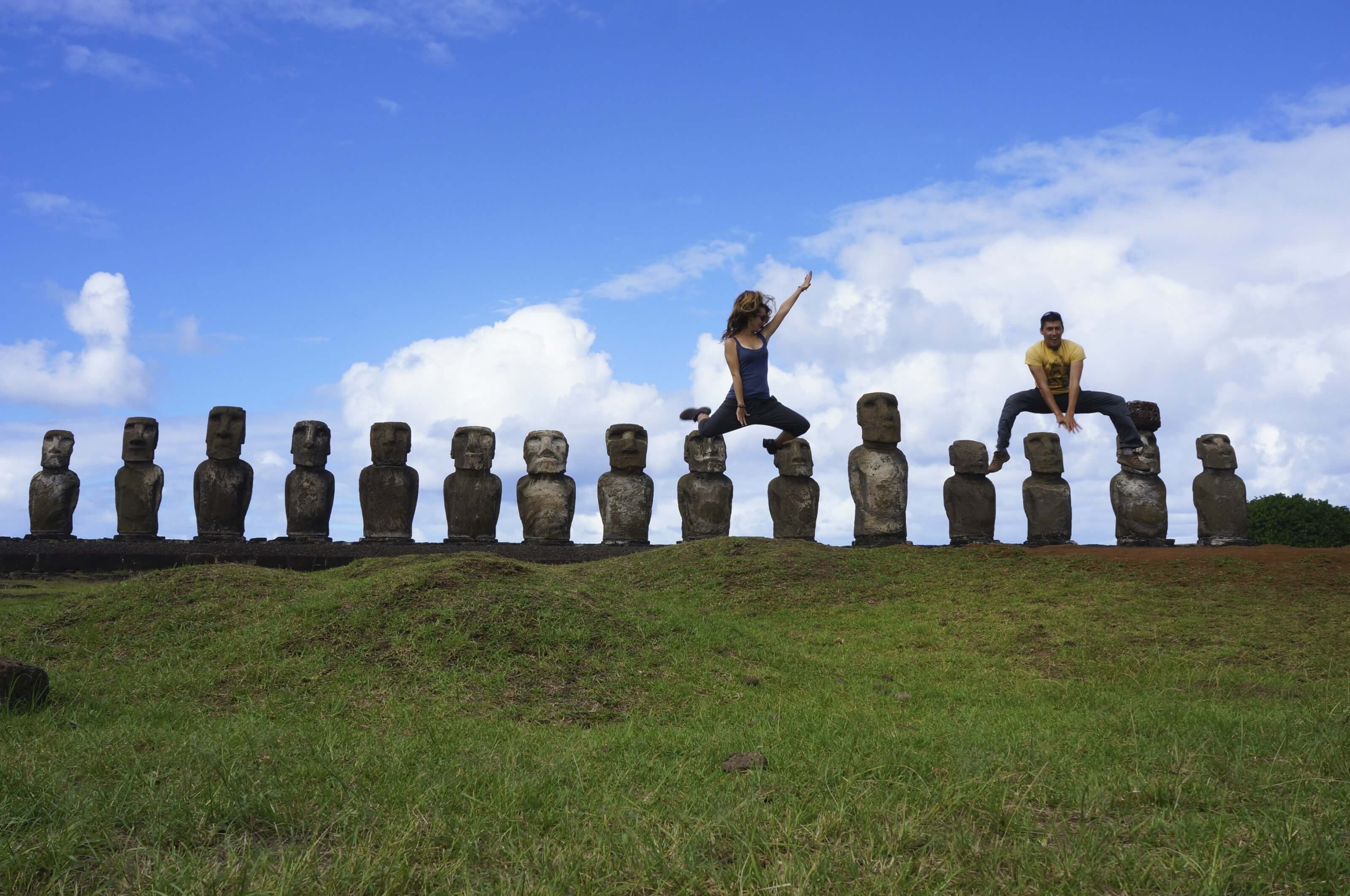
0
Spend 5 days following in the footsteps of the mysterious statues of Easter Island. This place lost in the middle of the Pacific is just incredible, and here's the guided tour!